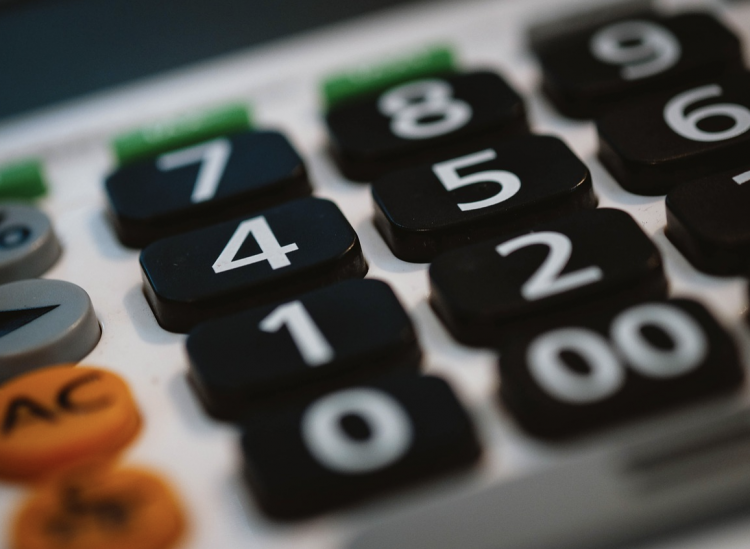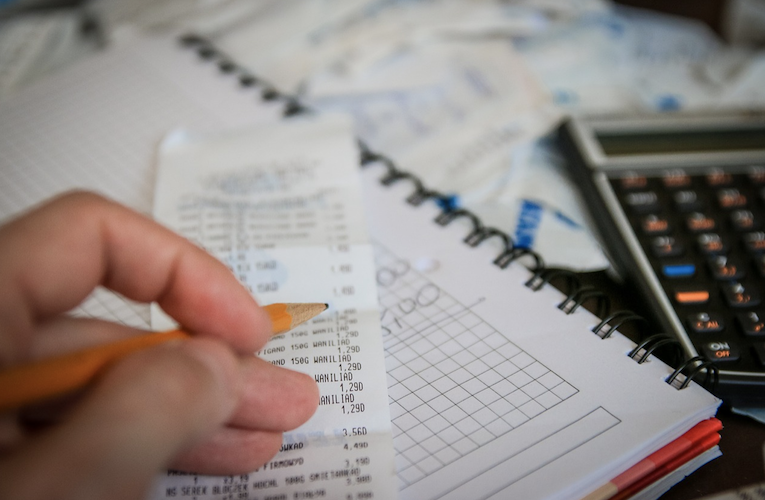Here’s How To File Taxes If You Weren’t Paid A Standard Paycheck

MaxPixel
Are you currently freelancing? Or maybe you have a side hustle creating awesome LinkedIn pages for people. You probably already figured this out, but when it comes to filing taxes, you have to follow different protocol when you’re paid under the table, AKA, in cash. Filing can also get weird if you’re paid in cash but in an unconventional way, like through Venmo or PayPal. Before you freak out from confusion, we’ll break down exactly what you need to know about filing, and how to do it successfully.
How do you file as a freelancer?
If you were doing work for someone else and received a flat fee in return, you’ll need to file as a contractor or sole proprietor. This is different from filing as an employee, though it may be done in conjunction with your other tax forms every year. As an employee, you’ll receive a W-2 form from your employer by the end of January every year. You’ll use this form to report every dollar you made under your employer.
As a contractor or sole proprietor (AKA freelancer), you’re technically self-employed and are in charge of keeping track of how much money you make each year. Since you were paid a flat fee for each project you completed, you didn’t have taxes taken out, so you’ll need to calculate how much to set aside so you can pay your income taxes every year.
Pro Tip: If you made more than $15,000 in a year through your side hustle of freelance gig, set aside 25 to 30 percent of that income for taxes. If this is the case, it’s also smart to consider paying your taxes on a quarterly basis.
When you’re self-employed, you need to file income taxes when you have a total net earnings of $400 or more. Net earnings are your total income after you deduct any applicable business expenses.
Now, if you filled out a W-9 form when you began the freelance work, you’ll receive a 1099-MISC form from the client or company you completed the work for, but only if they paid you more than $600. The 1099-MISC form reports your gross payments, and is basically the W-2 form for contractors or sole proprietors. If you don’t receive one from your client, you’re responsible for filling out a 1099-MISC form.

MaxPixel
What about Medicare and Social Security?
Of course, we’re not finished. If you’re an employee, your check should automatically have Medicare and Social Security taxes deducted. As someone with self-employment though, you’ll need to estimate how much you should allocate on your tax forms. Generally, if you’re self-employed, you can use form 1040-ES to calculate these taxes and then indicate it on the 1099-MISC form.
If you were someone who received a stipend, you’re not required to pay Medicare or Social Security on it. However, you will need to pay federal, state and city income taxes on it, so set aside some cash for when you file.
How do tips work?
What about if you receive tips as a waiter, bartender, etc.? The IRS has a trusty form for that, too! Just fill out a 4070 form, which should be used on a daily basis to record tips, since we bet you can’t remember every single amount you’ve received over the course of the year.
What about electronic payments?
If you were paid via Venmo, PayPal or any other payment app or website, it’s all considered cash in the IRS’s eyes. If you were paid for a service you provided, that payment, no matter in what form, should be taxed. Keep records of all your online payments, just as you would tips or any other cash payment.
We know, there’s so much to learn when it comes to tax forms and what’s considered “cash” and what isn’t. But hopefully, you walk away from this article feeling like you can totally dominate tax season without fear.
RELATED
Hey Freelancers, Here’s The Main Form You Need To Know When Filing Taxes
Here’s How To Sail Through Tax Season Like A Badass
9 Important Documents You Need To Keep Safe In Your Apartment











